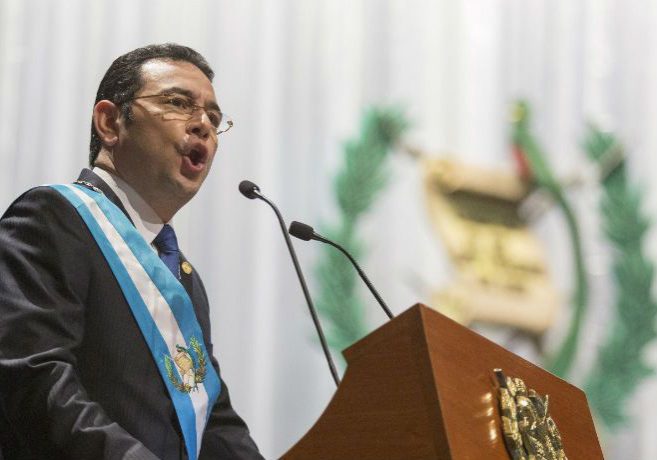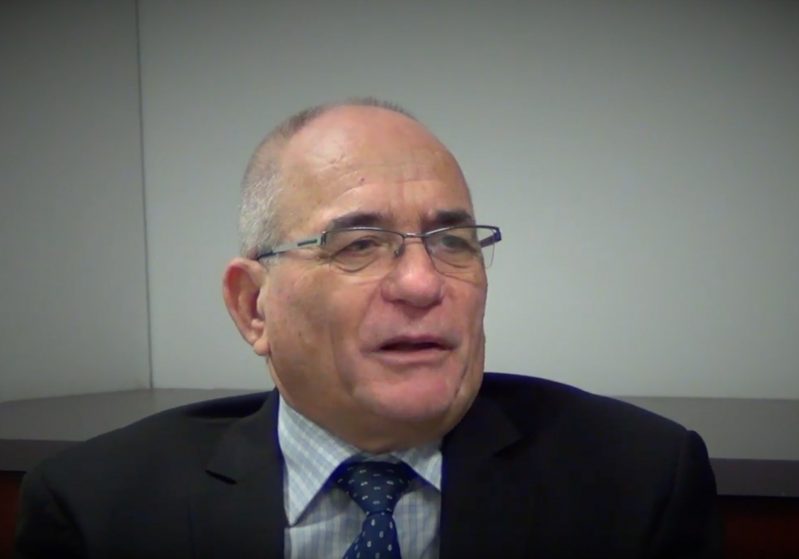Australia/Israel Review
Media Microscope: Legally Blind
Feb 1, 2008 | Jamie Hyams
Jamie Hyams
Some in our media used the recent visit to the Middle East by US President George Bush to unjustly attack Israel’s conduct, often by rewriting international law or United Nations resolutions to suit their purpose.
Chief among these was Fairfax Middle East correspondent Ed O’Loughlin. For example, in the Jan. 8 Age and Sydney Morning Herald, he described growth within Israeli settlements as “a scheme that is contrary to international law.” He also claimed that an earlier statement by Bush that Israel would be allowed to keep settlement blocks was interpreted by Israel “as the first international recognition of the legitimacy of the Jewish settlement project.” In fact, many international law experts have argued that Israel’s settlements are legal, an argument accepted by US President Reagan more than 20 years ago.
In his Jan. 12 piece in both papers, he wrote that the settlements were built “in defiance of international law and opinion.” He also claimed that President Bush had “dismissed long-standing UN resolutions calling on Israel to end the occupation and to allow Palestinian refugees to return to their homes in what is now Israel,” a claim he had also made in the Age and SMH on Jan. 11. But the UN resolutions don’t call for a unilateral full Israeli withdrawal – the boundaries are to be agreed by negotiation as part of an overall peace – and there is no UN resolution giving a Palestinian “right of return”, although Palestinians and their advocates argue otherwise. Most informed observers realise that a “right of return” is incompatible with a two-state resolution, as it would ultimately give both states a Palestinian majority, so it is revealing that O’Loughlin advocates this “right”.
O’Loughlin’s other repeated contention is that Israeli settlement building is responsible for the lack of progress towards peace. In the Jan. 11 article, he wrote, “Israel’s revelation of plans to build hundreds of new Jewish homes in existing settlements and – last week – to create two new settlements in and near East Jerusalem are widely blamed for the almost immediate stalling of Mr Bush’s new push for peace.” In fact there is no plan to create new settlements, despite what the Palestinians and O’Loughlin may allege. In the Jan. 10 Age, he wrote that few observers were expecting breakthroughs, and continued that Palestinians were angered by Israeli settlement building. He ignored continued Palestinian terrorism and incitement as reasons for the lack of progress.
Editorial writers also got in on the act. The Sydney Morning Herald’s Jan. 14 editorial was pessimistic because neither Olmert nor Abbas had “budged from their entrenched positions. Israel refuses to return to its pre-1967 borders, as required by United Nations resolutions, insists it will hold onto all of Jerusalem, and is determined to deny the right of return to Palestinians uprooted from their lands when Israel was created in 1948. Deep divisions on the Palestinian side further bedevil prospects for a deal.” So Israel is to blame for refusing to do things that it is not actually obliged to do, except under a misinterpretation of UN resolutions, whereas Palestinian terrorism and incitement are once again ignored.
The Canberra Times editorial of Jan. 11 claimed that “even nations well-disposed to Israel attribute at least an equal share of the blame to its recalcitrance.”
The Times also featured an appalling opinion piece from Guardian writer Jonathan Steele, who claimed that the larger concessions should always be made by “the stronger party, especially when most of the wrong is on its side”; called for the dismantling of checkpoints without any comment on the terrorism they prevent; claimed Hamas is being punished “not for its occasional use of violence but simply for being popular”; and described Western policy towards Gaza as “one of the great crimes of this century so far.” On Jan. 8, they ran Rami Khouri, who accused the US of “blindly supporting Israel”.
ABC Radio reporter David Hardaker showed that these problems were not restricted to the print media. On “AM” on Jan. 11, he claimed, “For years, the Israeli-Palestinian conflict has centred around United Nations resolutions on key issues such as territory and the fate of Palestinian refugees. Those UN resolutions have been an article of faith, especially for the Palestinians. But the US president is throwing them out the window,” while on Jan. 9, he described Israeli building in the Jerusalem neighbourhood of Har Homa as “the major sticking point”.
A rare ray of light was the Australian editorial of Jan. 14, which noted past failures of peace efforts, including after Yasser Arafat rejected Ehud Barak’s Camp David offer, “Palestinians responded by launching a four-year suicide-bombing campaign, targeting Israeli civilians. When Israel withdrew from Gaza in 2005, Hamas launched a bombing campaign on Israel and a brutal takeover of the territory.”
Tags: Australasia






